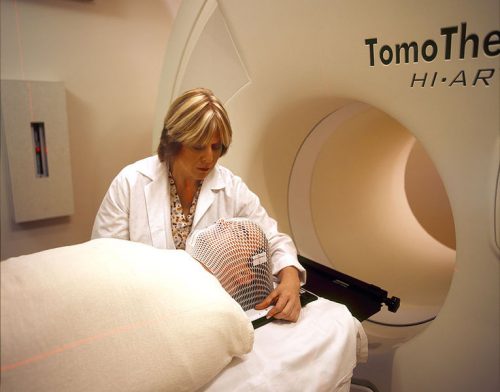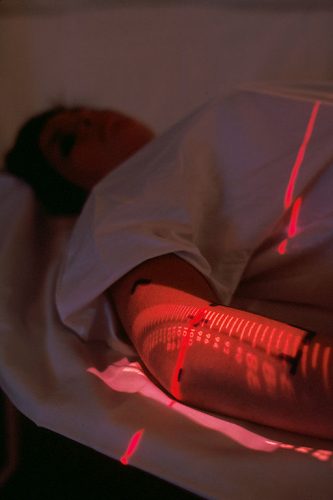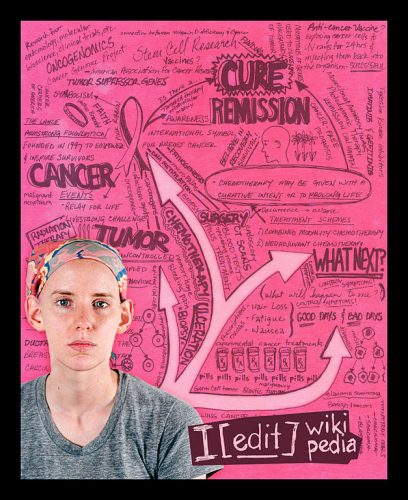
Is the thought of radiation therapy giving you panic attacks or increased anxiety? If you are about to undergo radiation therapy, being oriented and knowledgeable about the procedure can ease your worries, making the process more bearable.
Radiation therapy is a kind of treatment utilizing proton beams or high energy x-rays targeting cancer cells to destroy or shrink them.
Radiation Therapy – Goals
Medical practitioners who supervise radiation therapy are called oncologists. Radiation oncologists are experts in using radiation treatment in slowing the growth of the tumor or destroying cancer cells while making sure that adjacent healthy tissues are not affected.
In most cases, the primary treatment given by oncologists to cancer patients is either chemotherapy or surgery with radiation therapy as the secondary treatment. Radiation therapy is then referred to as an adjuvant therapy that targets cancer cell residues that were not taken out during the primary treatment. On other occasions, physicians would advise radiation therapy as the primary treatment depending on the severity or status of the condition.
Majority of cancer patients receive a particular kind of radiation therapy because there are conditions wherein radiation therapy alone is enough to treat the illness. On the other hand, some cancers respond best when combining treatments, including surgery, radiation therapy, immunotherapy, or chemotherapy.
Radiation Therapy – Side Effects
Every drug has positive and negative effects on the body. Though radiation therapy is a recommended effective treatment for various forms of cancer, like other treatment modalities, it also causes a wide range of side effects that may or may not be temporary. Adverse results vary on the type of cancer, the location, the dose, and the overall health of the patient.
The thing about radiation therapy is that it’s a localized treatment, which means that the only part that will be affected is the one where the cancer cells are brewing. But there are common adverse effects of radiation therapy regardless of location, and these are:

- Fatigue
Chronic exhaustion or the feeling of being overly tired most of the time is one of the leading side effects of any cancer treatment, let alone radiation therapy. A cancer patient’s severity of fatigue will also depend if there are other treatments involved aside from radiation therapy.
- Skin Irritation
Some cancer patients who are receiving radiation therapy tend to experience skin peeling, blistering, dryness, or itching. However, these adverse skin reactions are confined to a particular area of the skin that was exposed to radiation therapy. Developing skin problems during treatment is normal and will ease away a couple of weeks after treatment is given.
- Lasting Effects
Though the majority of adverse effects are relieved in time after receiving treatment, there are those that persist or develop later on. Some of these lasting or late effects would include the development of another type of cancer, but the risk of that occurring due to radiation therapy is uncommon.
- Localized Side Effects
Aside from the general adverse effects, there are localized side effects that are entirely dependent on the location and type of radiation. If radiation therapy is given around the head and neck, the patient may experience gum sores, dryness of mouth, difficulty swallowing, tooth decay, and jaw stiffness. If radiation therapy is given at the chest, the patient may show breathing difficulties, the stiffness of the shoulders, fever, and cough, and fibrosis.

Good news is, side effects caused by radiation therapy can be prevented or treated by palliative care. Managing and preventing adverse effects is a significant part of treating cancer.
